 Did you ever think that a salad could have more calories and bad fats than a serving of fried chicken?
Did you ever think that a salad could have more calories and bad fats than a serving of fried chicken?
Most people believe they’re making a smart diet choice by opting for a salad, but end up sabotaging their weight loss goals.
Don’t get me wrong – salads are a great way to get your recommended daily allowance of fruits and veggies and are often full of nutritious goodness. Made with the right foods they can also be a great meal for those seeking to lose some weight.
Next time you inspect the salad bar or your refrigerator for ingredients to toss in your salad, keep the following tips in mind.
Fruits and Vegetables
Leafy greens and veggies should be the base of your salad. Choose as many vegetables as you would like. Choose from mixed greens, broccoli, sugar snap peas, spinach, cucumbers, onions, peppers, cauliflower, mushrooms, green beans, zucchini, shredded carrots, radish, sprouts, cabbage, beets, tomatoes, and whatever veggie you can think to add. At only 25 calories per serving, vegetables are loaded with vitamin C, folic acid, potassium, fiber, and antioxidants. So the more veggies, the better!
In addition to all your other veggies, go with the darkest green lettuce you can find. Choose Romaine, spinach, mustard leaves, or green leaf over iceberg for increased nutrition. Leafy greens come in at less than 20 calories per two cup serving and provide folic acid, antioxidants, vitamins, and minerals.
Fruit may also be a great salad option, as they add sweetness and nutrition to your salad. Try fruit such as pears, berries, tangerines, or apples, and watch your plain old salad transform into a piece of culinary art.
Protein
If you find yourself feeling hungry soon after eating a salad, add some protein the next time. Good sources of protein to toss in a healthy salad include free range hard-boiled eggs, grilled chicken, raw organic cheese, organic salami, grilled wild salmon, steamed or boiled wild shrimp, wild canned tuna or salmon, or roasted free rang turkey breast. A good serving size of this protein would be three ounces.
If meat or animal products aren’t your thing, add about three quarters cup of one or more of these protein sources to your salad: lentils, black beans, garbanzo beans, chickpeas, or a small amount of sprouted nuts.
Tempting as they may be, avoid fried, crispy, or saucy items that many add to salads.
Extras
Though many salad extras may be packed with nutrition, they are often also full of calories from unhealthy ingredients like canola oil, safflower oil, and other toxic chemicals found in store bought salad dressings. On average, extras add approximately 600 calories to an otherwise low-fat salad. A good rule of thumb when it comes to preparing a light salad is to choose just one high-calorie extra or two half-portion extras. Popular high-calorie add-ons include fried noodles, cottage cheese, pepperoni, avocado, bacon, blue cheese, croutons, cheese, or nuts.
If you love the taste and texture of croutons, try crushing a few and sprinkling them over your salad. They now sell gluten free croutons if you are avoiding gluten. If your salad doesn’t seem complete without cheese, try a strong flavored cheese like Feta or Parmesan. A small amount will go far. Also, use chopped nuts instead of whole to get more bites of a good thing.
Dressing
Dressing often makes the salad. Unfortunately, it can also make a salad a high-calorie, low nutrient event. The average vinaigrette contains 50 calories in one tablespoon, while the same amount of ranch dressing contains about 90 calories. Plastic containers or dressing packets at restaurants contain four tablespoons of dressing. The entire packet adds an additional 200-360 calories. As if that weren’t enough, many dressings also contain a number of different chemicals that are toxic to your body.
Instead of grabbing the first dressing you see, look at the ingredients. A healthy dressing choice can be made very simply…a couple teaspoons of olive oil mixed with raw Braggs apple cider vinegar or flax oil with lemon and spices or herbs. My favorite herb for dressings is garlic and I add a lot of it to Dijon mustard, sea salt and pepper. Another option is guacamole and salsa. Instead of drenching your salad in dressing, dip your fork into dressing before taking a bite of salad.
Remember, eating healthy is half of the battle when it comes to fitness and wellness. The other, equally important, side is maintaining a regular, challenging exercise program.
For an exercise program to be challenging it must always be changing. That’s why my workouts are never the same.
It’s my goal to get you into the best shape of your life. Call or email me today to begin your transformation.
Your friend & coach,
Brien
**************************************************************************
Join me on Facebook (click here) for answers to all your health, fitness, and nutrition questions.
Please Write Me a Review on Yelp: Belmont Boot Camp, Burlingame Boot Camp, Redwood City Boot Camp, Personal Training & Nutrition
**************************************************************************
I work with those who desire weight & fat loss, pain reduction and stress management through comprehensive exercise, nutrition & lifestyle strategies. My dream is to coach those who seek my help live their passions with happiness & love.
Thank you for allowing me to help you.
**************************************************************************
Check our life-changing fitness and nutrition programs to help you live your healthiest, fittest, and most energetic life ever!
Brien Shamp BS CSCS CMT CHEK NLC II
Personal Trainer, Nutrition and Lifestyle Coach
www.BrienShamp.com
www.Shamp’sBootCamps.com
www.10 DayDetox.com
www.21DayDetox.com
650-654-4604
